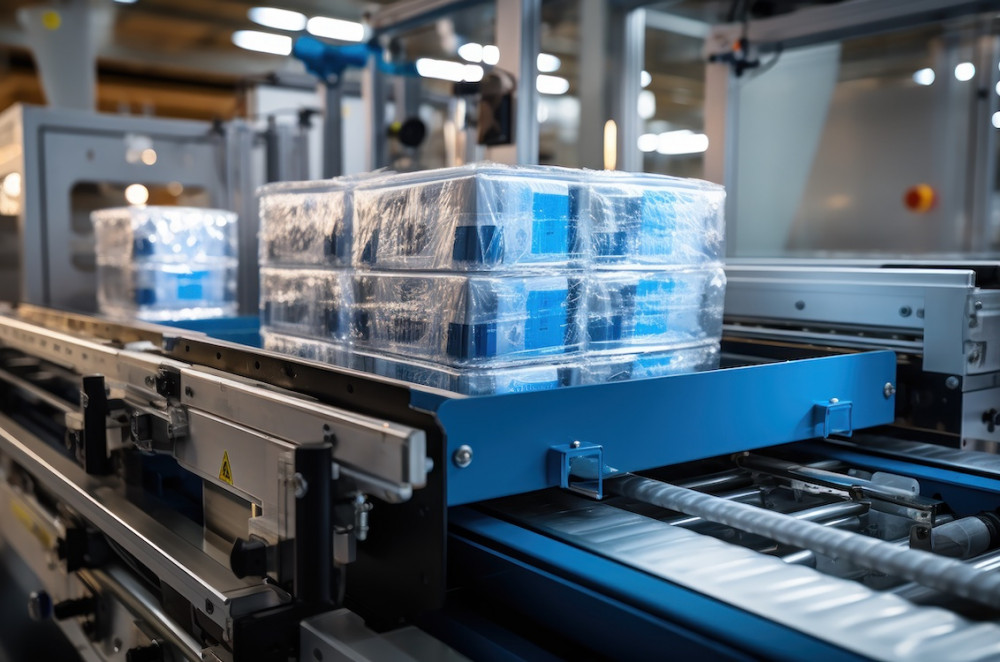10 Ways You Can Spare Your Budget with Real-Time Monitoring Production Software
Real-time monitoring production software offers numerous benefits that can lead to significant cost savings for manufacturers. Here are ten ways this technology can help spare your budget.
10 Ways You Can Spare Your Budget with Real-Time Monitoring Production Software
1. Reduced Downtime
Benefit:
- Proactive Maintenance: Real-time monitoring systems predict when equipment is likely to fail, allowing for scheduled maintenance before breakdowns occur.
Example: A study by Deloitte found that predictive maintenance can reduce downtime by up to 30% and maintenance costs by 25% (Deloitte United States).
2. Enhanced Efficiency
Benefit:
- Process Optimization: By continuously monitoring production processes, these systems help identify bottlenecks and inefficiencies, leading to more streamlined operations.
Example: Implementing real-time monitoring improved efficiency in a packaging plant by 20% due to optimized machine settings and reduced cycle times (Gartner).
3. Energy Savings
Benefit:
- Energy Management: Real-time data helps monitor and optimize energy usage, reducing energy waste and associated costs.
Example: A manufacturing facility reduced its energy costs by 15% by using real-time monitoring to adjust energy consumption in response to production demands (Manufacturing Today).
4. Quality Control
Benefit:
- Consistent Quality: Continuous monitoring ensures that production processes adhere to quality standards, reducing defects and rework.
Example: A consumer electronics company reported a 15% reduction in product defects after implementing real-time quality monitoring (Advanced Technology Services).
5. Inventory Management
Benefit:
- Optimal Stock Levels: Real-time monitoring provides accurate data on material usage, helping to maintain optimal inventory levels and reduce excess stock.
Example: A food processing company reduced its inventory costs by 10% through real-time inventory tracking and better demand forecasting (RSM US).
6. Labor Optimization
Benefit:
- Improved Labor Allocation: Real-time data allows for better scheduling and allocation of labor, ensuring workers are deployed where they are most needed.
Example: A textile manufacturer optimized labor usage by 20% by using real-time data to align workforce deployment with production needs (Gartner).
7. Reduced Scrap and Waste
Benefit:
- Waste Reduction: Monitoring systems help identify sources of waste in the production process, leading to more efficient use of materials.
Example: A chemical manufacturing plant reduced material waste by 12% after implementing real-time monitoring to track and optimize material usage (Manufacturing Today).
8. Improved Compliance and Reporting
Benefit:
- Automated Reporting: Real-time monitoring systems generate automatic reports, ensuring compliance with regulatory standards and reducing the time and cost of manual reporting.
Example: A pharmaceutical company improved compliance and reduced audit preparation time by 50% using automated reporting from their real-time monitoring system (Advanced Technology Services).
9. Faster Problem Resolution
Benefit:
- Immediate Alerts: Real-time monitoring sends instant alerts for any deviations from normal operations, allowing for quick intervention and problem resolution.
Example: A manufacturing plant reduced its average problem resolution time by 40% by using real-time alerts to address issues immediately (RSM US).
10. Better Decision Making
Benefit:
- Data-Driven Insights: Real-time data provides managers with actionable insights, supporting better decision-making and strategic planning.
Example: An automotive parts manufacturer improved production planning and decision-making, resulting in a 20% increase in overall productivity by leveraging real-time data (Manufacturing Today).
Conclusion
Real-time monitoring production software offers a range of benefits that can significantly reduce costs and improve operational efficiency. By reducing downtime, optimizing energy usage, improving quality control, and enhancing decision-making, manufacturers can achieve substantial savings and a competitive edge in the market. Implementing these systems can transform manufacturing operations, driving both immediate and long-term financial benefits.
Interested in digital transformation? Let's discuss!
